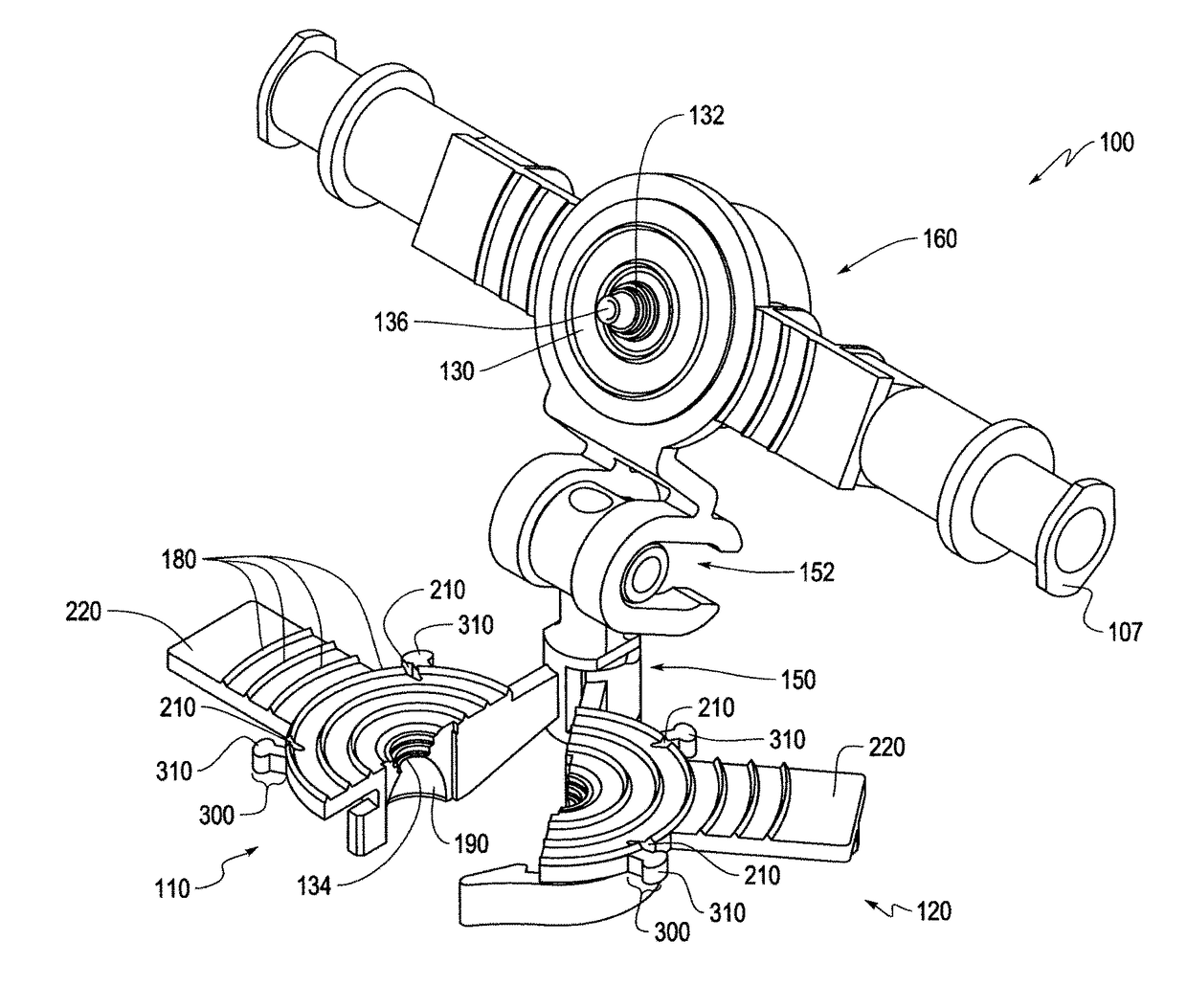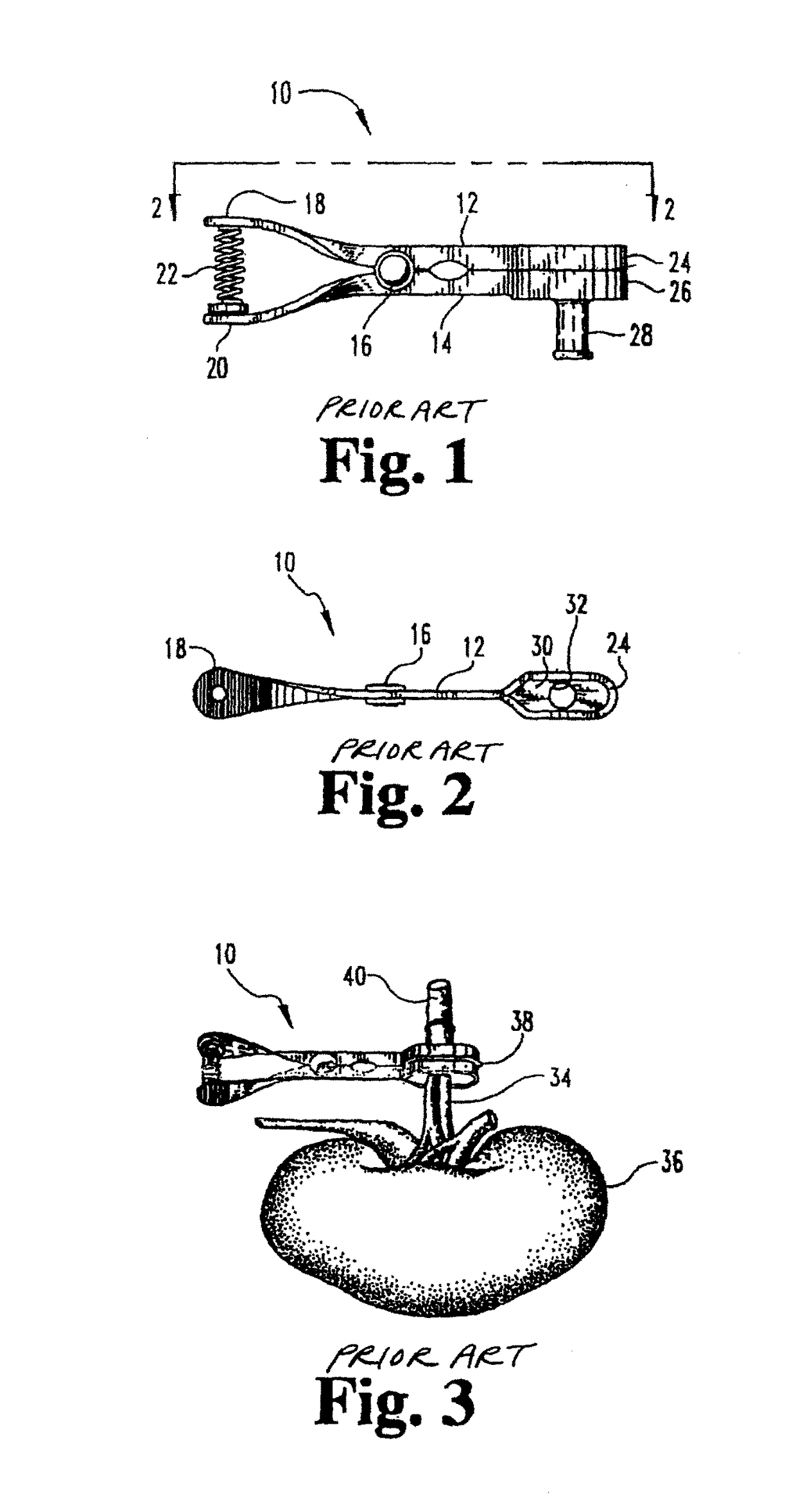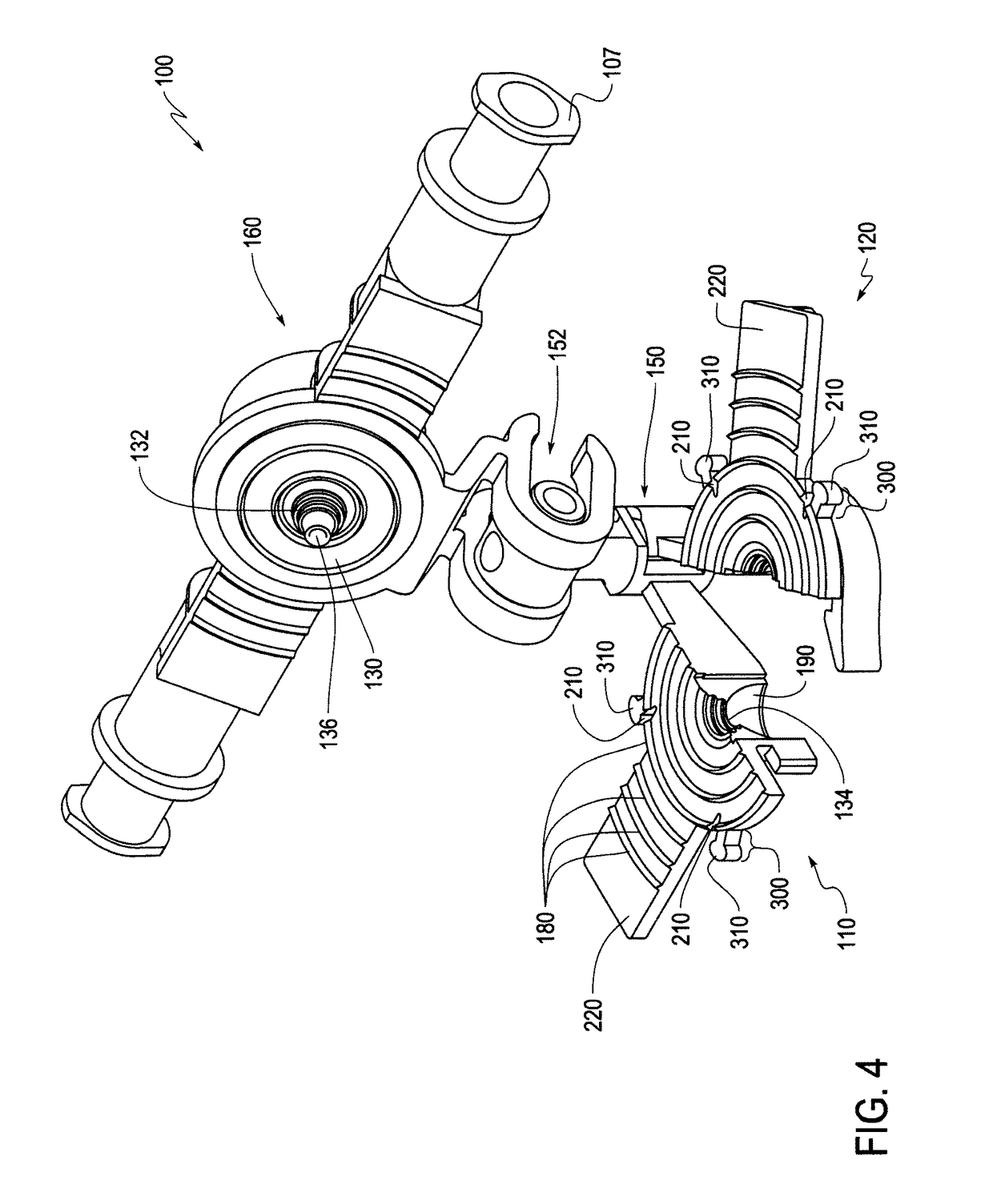Cannula for a donor organ with or without an aortic cuff or patch
a donor organ and cannula technology, applied in the field of cannulas and clamping methods, can solve problems such as unsuitable use of organs, and achieve the effect of less tissu
- Summary
- Abstract
- Description
- Claims
- Application Information
AI Technical Summary
Benefits of technology
Problems solved by technology
Method used
Image
Examples
Embodiment Construction
[0020]Preservation of organs by machine perfusion has been accomplished at hypothermic temperatures with or without computer control with crystalloid perfusates and without oxygenation. See, for example, U.S. Pat. Nos. 5,149,321, 5,395,314, 5,584,804, 5,709,654 and 5,752,929 and U.S. patent application Ser. No. 08 / 484,601 to Klatz et al., which are hereby incorporated by reference.
[0021]Ideally organs would be procured in a manner that limits their warm ischemia time to essentially zero. Unfortunately, in reality, many organs, especially from non-beating heart donors, are procured after extended warm ischemia time periods (i.e. 45 minutes or more). The machine perfusion of these organs at low temperature has demonstrated significant improvement (Transpl Int 1996 Daemen). Numerous control circuits and pumping configurations have been utilized to achieve this objective and to machine perfuse organs in general. See, for example, U.S. Pat. Nos. 5,338,662 and 5,494,822 to Sadri; U.S. Pat...
PUM
 Login to View More
Login to View More Abstract
Description
Claims
Application Information
 Login to View More
Login to View More - R&D
- Intellectual Property
- Life Sciences
- Materials
- Tech Scout
- Unparalleled Data Quality
- Higher Quality Content
- 60% Fewer Hallucinations
Browse by: Latest US Patents, China's latest patents, Technical Efficacy Thesaurus, Application Domain, Technology Topic, Popular Technical Reports.
© 2025 PatSnap. All rights reserved.Legal|Privacy policy|Modern Slavery Act Transparency Statement|Sitemap|About US| Contact US: help@patsnap.com



